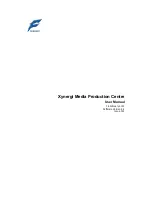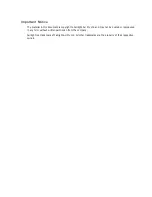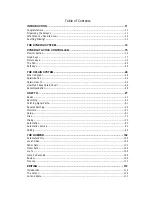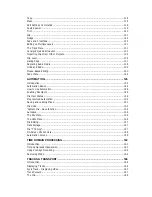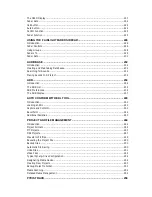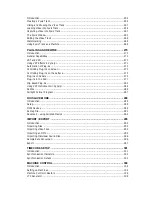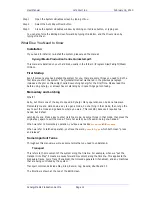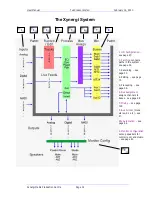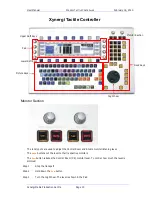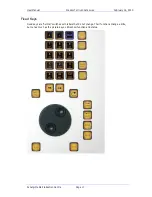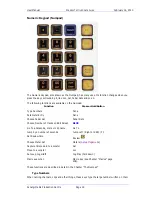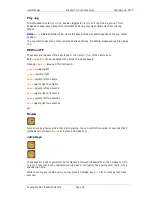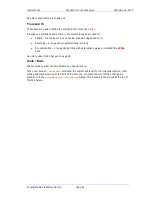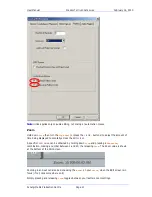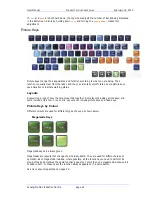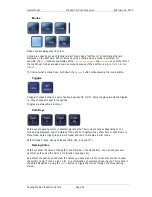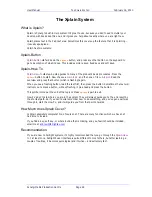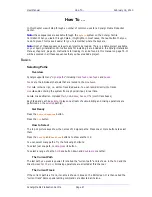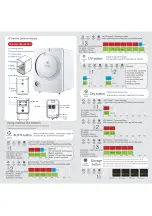
User Manual
I
NTRODUCTION
February
16,
2010
Xynergi Media Production Centre
Page 12
Step 1
Open the System Variables screen by typing ctrl+u
Step 2
Select the Auto Show Mixer button.
Step 3
Close the System Variables window by clicking on its Close button, or typing esc.
You can also force the Editing Screen forward by typing ctrl+Editor, and the Mixer screen by
typing ctrl+Mixer.
What Else You Need to Know
Installation
If you need to install or re-install the system, please read the manual:
Xynergi Media Production Centre Quickstart.pdf.
This manual is installed on your hard disk, usually in the folder C:\Program Files\Fairlight\Dream
II\Docs.
First Startup
Even if someone else has installed the system for you, there are some things you need to do the
first time you start the system. The Quickstart manual mentioned in the previous paragraph
includes a chapter on this subject, called Launching Xynergi for the First Time. Please read this
before using Xynergi, or at least have it standing by in case things get confusing.
Momentary and Latching
What??
Sorry, but this is one of the keys to speed in Xynergi. Many operations can be done two ways.
Momentary means: Hold down a key to open a mode, do one thing in that mode, then let go the
key to exit the mode and go back to where you were. This is skilful, because it requires two
hands, but it’s fast.
Latching means: Press a key to enter (latch) a mode, do some things in that mode, then press the
original key again to exit the mode. This is not as fast, but it’s easier, being one-handed.
When we refer to momentary operation, you’ll see words like
hold
down
and
release
.
When we refer to latched operation, you’ll see the word
press
or
type
which both mean “press
and release”.
Some Important Terms
Throughout this manual we will use some terms that you need to understand.
Transport
This refers to the movement of the system along the timeline. For example, when we “put the
transport into Play” it means we cause forward movement along the timeline. This applies to the
disk audio tracks, Pyxis Track (if enabled), the timecode generator (if enabled), and any machines
that are being controlled by the system.
Transport commands include Play, Stop, Record, Jog, Rewind, Shuttle and FF.
The timeline is shown at the top of the Edit Screen.

